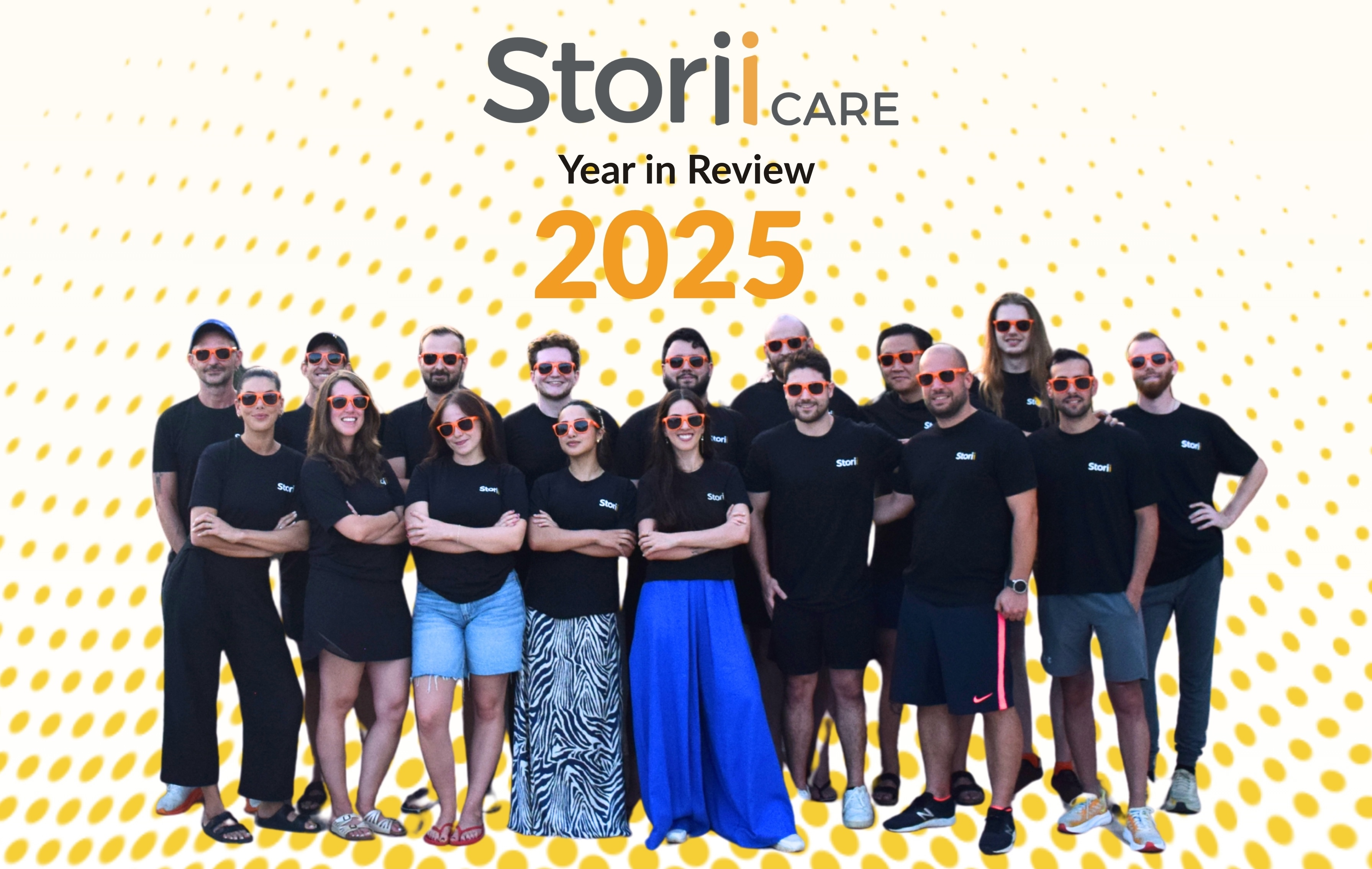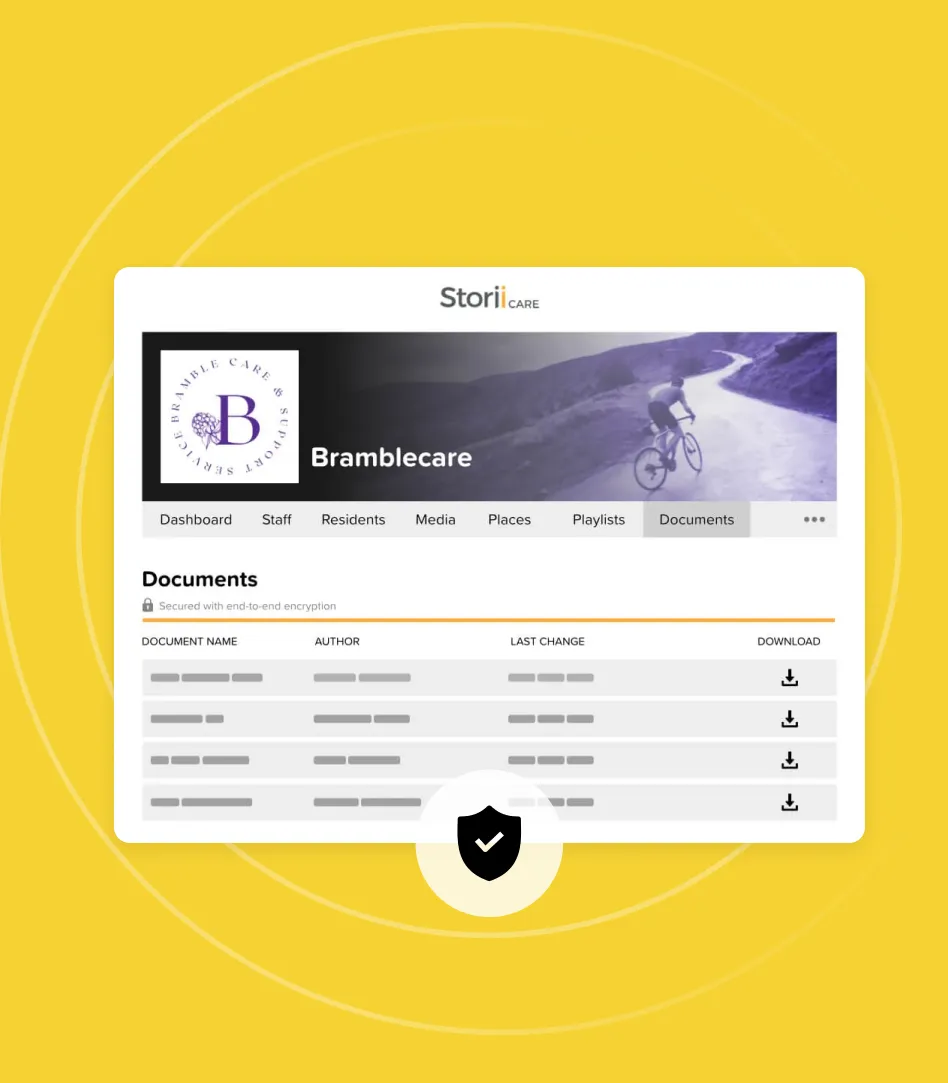Confessions of a Former Activity Coordinator
I was an Activities Coordinator for two and a half years and I loved my job. However, it wasn’t always that way. I used to worry constantly and be on edge. I’d go home and cry at night that I wasn’t good enough or doing enough and that I didn’t understand the world my residents lived in, so how could I possibly help them feel happy and relaxed.
Practice Person-Centred Care with Dementia Patients
Dementia was a confusing, overwhelming illness to understand when I’d never been so closely involved with it before. It took time to understand that by stressing and worrying I was in fact making it harder for myself and being worse for my residents. It’s been noted in various studies that people living with dementia may not be able to say so but they are very in tune with the emotions of those around them and can absorb those emotions leaving them with feelings that they don’t understand.
Once I realised this, I began to relax a little and enjoy their company - they, in turn, were more able to enjoy mine. I’ve found that the best activities are the ones that are derived from the residents themselves; truly person-centred activities. Thinking on your feet in the moment from something that’s been said activities. I think the main problem when it comes to activity planning is that we can sometimes try too hard. The word activity brings ideas of exercise, art and craft, music sessions, all singing all dancing entertainment - but this doesn’t have to be the case at all. Care staff work tirelessly to deliver basic human care requirements which include washing, eating, drinking, toileting and moving around. Everything that comes out with this list (and in fact many ON the list) can be activities if they are made to be meaningful. Taking extra time, making something personalised or special is what makes an everyday occurrence into an activity. Somewhat similar to the difference between making dinner for your kids, and having them help make dinner. Talking, laughing, taking turns at stirring mixtures, chatting about likes, dislikes, ideas for other meals…. I’m sure you can picture the difference clearly in your head. For me, THIS is what it means to be an activities professional!
Get to Know Your Service Users
So if you are an activities professional and spend your own time cutting out shapes for crafts, or moaning about how little budget you have, or weeping into yet another planner - stop! Take a breath, remember what you do this job for (because it sure ain’t the money!) and remember, your job is to make those in your care smile, feel relaxed, retain their skills/mind, and most of all feel valued. This may seem like an impossible task at times but it can actually be a very easy thing to do if you take the time to get to know your service users! Getting to know your service users is, in my opinion, THE MOST IMPORTANT ASPECT of your role as an activities professional. For how can you know what makes someone tick if you don’t understand them. This can prove difficult with conditions such as Dementia where information communicated by family members may have developed or changed as their condition progresses. Much of what was, still is, if you know how to get there. I think of an elderly mind as an old piece of furniture, like a dresser that once had all the best china in it, and Royal Doulton dolls. Admired by all and regal enough to gain respect and an almost authoritative aura. Years pass, dust begins to settle on the shelves and people pay less attention as newer, fancier furniture becomes available. Mail and junk starts to gather on the dusty shelves and eventually people forget what the dresser once was. It’s old, a little scratched and not what it used to be…..however, if you take the time to dust off the shelves, clean the china and give it a purpose again, the beauty that once was is still there underneath! It just needed some support and a caring hand to show its beauty and history, showing those around that it isn’t quite ready for the scrap yard yet!

Focus on Life Stories
Music, photographs, and places can re-ignite memories. For family and friends this gives glimpses of their loved one they know, which is wonderful, but in reality the person who needs this most is the service user themselves. Can you imagine feeling unsure of yourself -the whos (who am I? Who are these people around me?) the whys (why do I feel this way?) and the whats (what is going on?), even the whens (what year is this?). Finding something familiar and reassuring is so valuable when living with a condition like dementia. Relating this back to activities, if you take time to learn about your service users, their past jobs, hobbies, holidays, likes, dislikes and build activities round this you will be considerably more successful at your job than if you generalise and aim for group activities. It may seem more beneficial to involve every service user by doing large group activities however if you step back and watch, how many are actually engaged? How many are making eye contact and joining in? In my opinion an activity where all are “involved” by being positioned around one area but are not engaged is mostly ineffective. One on one, talking, massage, pampering, reading, looking at photographs, singing, brushing hair, baking (stirring mixtures and baking smells can stir MANY memories) are all wonderful activities that people may not even consider to be activities at all. I believe that meaningful activities where you can actually see a light in the eyes of your service users; a smile or an actual thank you can be worth TEN times what one single bingo game or group ball game is worth. You may find that non-activity staff may question it but start slowing down, spend more time one to one, and finally - try to do more listening and less talking and see how much you can learn.





.png)












